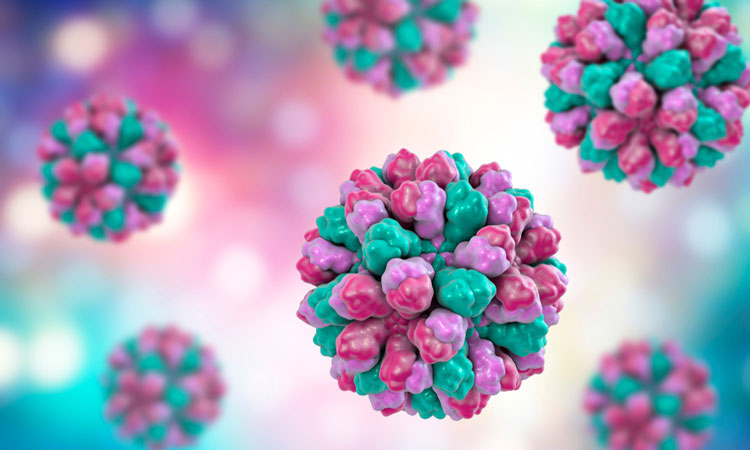Shedding light on norovirus outbreaks
Posted: 15 November 2018 | European Pharmaceutical Review | No comments yet
By investigating norovirus outbreaks, US researchers at the University of Rochester in New York hope that the development of a norovirus vaccine will occur…


Outbreaks of norovirus in health care settings and outbreaks caused by a particular genotype of the virus are more likely to make people seriously ill. Based on an analysis of nearly 3,800 US outbreaks from 2009 to 2016, the research confirms several factors that can make norovirus outbreaks more severe and may help guide efforts to develop a vaccine to prevent this highly contagious disease.
Researchers hoped that highlighting the details of outbreaks of norovirus will help efforts in the development of a vaccine.
Each year in the US, norovirus causes an estimated 19 to 21 million cases of vomiting and diarrhea, between 56,000 and 71,000 hospitalisations, and 570 to 800 deaths, with much of the disease burden falling on young children and older adults, according to the Centers for Disease Control and Prevention (CDC). The disease spreads through direct contact with an infected person, consuming contaminated food or water, or touching contaminated surfaces.
In the study, researchers linked data from a national outbreak reporting system and a laboratory surveillance network that collects data about norovirus genotypes associated with confirmed outbreaks. Their analysis, the largest of its kind, included 3,747 norovirus outbreaks affecting more than 100,000 people from 2009 to 2016. Severe outcomes, including hospitalisations and deaths, were more frequent in outbreaks caused by a specific genotype of norovirus, genogroup II type 4 (GII.4), and in outbreaks in health care settings, including hospitals, long-term care facilities, and outpatient facilities.
In a related editorial commentary that appears with the study in The Journal of Infectious Diseases, Dr Geoffrey A. Weinberg of the University of Rochester School of Medicine and Dentistry in New York, noted that research of this kind helps advance our understanding of norovirus and the outbreaks it can cause.
“Their data confirm that the notion of noroviruses simply being ‘a cruise ship virus’ or an occasional food-borne winter vomiting illness is outdated,” Dr Weinberg wrote in the commentary.
The findings confirm previous research about the severity of GII.4 norovirus outbreaks and suggest that future vaccines against norovirus should include these genotypes, said the lead author of the study, Dr Rachel M. Burke, of CDC. The study results also suggest that targeting these vaccines for use in people in health care settings may help reduce hospitalisations and mortality associated with norovirus. Although there is no currently available vaccine that protects against norovirus, several candidate vaccines are in the development pipeline.
“Linking data from these two different sources gives us a really powerful tool, a different way to look at norovirus outbreaks in the US, and a better understanding of some of the interactions between what is going on with the virus versus the host versus the environment,” Dr Burke said.
Fast Facts
- Norovirus, a highly contagious virus, is the leading cause of vomiting and diarrhea from acute gastroenteritis in the US
- An analysis of norovirus outbreaks found that severe outcomes, including hospitalisations and deaths, were more frequent in outbreaks caused by a specific genotype of norovirus, genogroup II type 4 (GII.4).
- Severe outcomes were also more common in outbreaks occurring in health care settings, including hospitals, long-term care facilities, and outpatient facilities.
- These findings may help guide efforts to develop and use vaccines that effectively protect against norovirus disease.
The study was published in the Journal of Infectious Diseases.
Related topics
Analytical techniques, Drug Discovery, Drug Manufacturing, Manufacturing, Research & Development (R&D)
Related organisations
Centers for Disease Control and Prevention (CDC), University of Rochester New York









